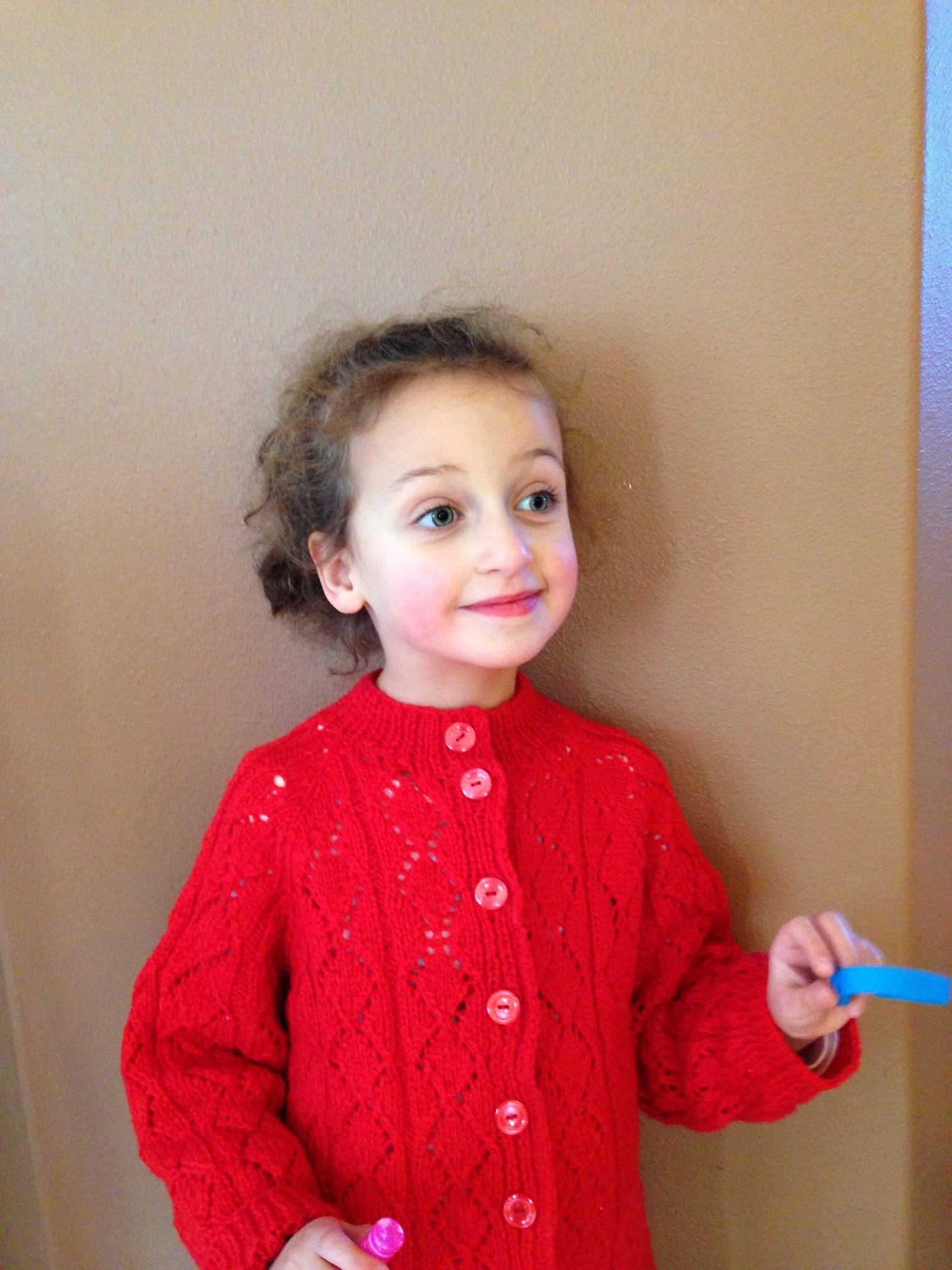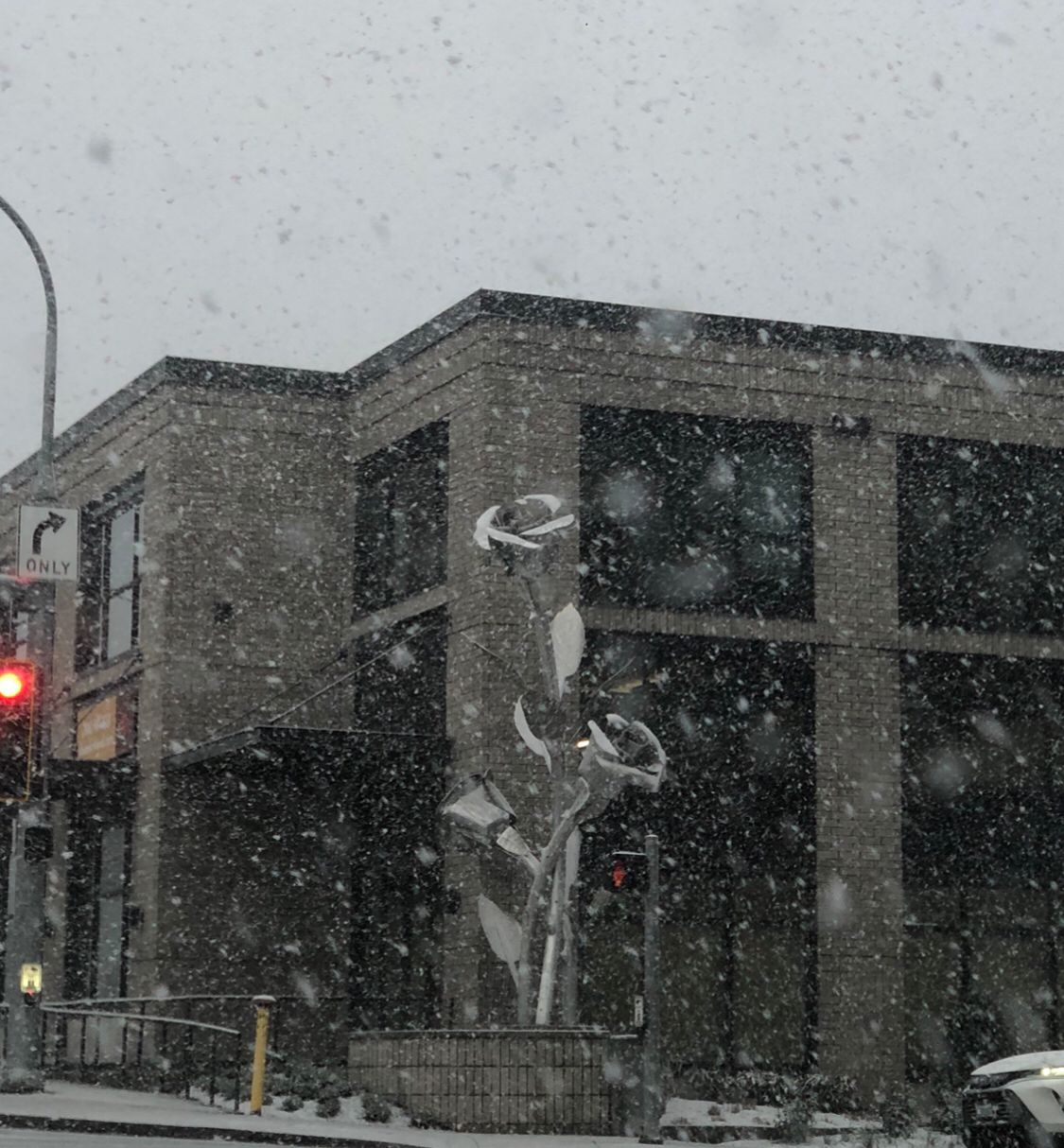
Context: Mrs. Hale gave me 15/15 which is a rarity so I'm incredibly proud.
This is written in response to a prompt asking me to analyze Taylor Swifts short film All Too Well (centered around her song)
I actually quite despise the short film and think it's rather basic and way too drawn out and at times incredibly dreary but oh well...
Through an autumnal forest and the careful placement of red, Taylor Swift's All Too Well explores a unique toxic relationship, reminiscent of a modern interpretation of Little Red Riding Hood, that inspires her listeners to use the knowledge from their experiences and express it as a form of therapeutic transcendentalism to become their best selves —using self-reflection and emotional clarity to transcend their struggles and become their best selves.
The first scene in the autumnal forest depicts the characters' budding relationship. Unlike a spring forest, which often contains green leaves and positive sensory engagement like the smell of flowers or the reemergence of sunlight, the autumnal forest is on the brink of barrenness. Although the leaves on the trees are vibrant shades of orange, red, and yellow, their presence is fleeting. The "Autumn leaves fallin' down like pieces into place" (Swift, Line 7) soon pave the path to winter, arguably the most emotionally draining season. This foreshadows their relationship as Taylor includes various flashbacks to the good times in the emotional rollercoaster she experiences. Much like Red Riding Hood, she feels the false security of the path she's walking on, the relationship she builds with the man, who, like the wolf, ends up being manipulative and emotionally scarring. Swift takes the connection to a wolf to another level when she hits the boyfriend with the ultimate roast: "I was never good at telling jokes, but the punchline goes, I'll get older, but your lovers stay my age." (Swift, Line 101). Not only does this echo the predatory nature of the wolf in Little Red Riding Hood, but it also calls out Taylor Swift’s previous relationship with Jake Gyllenhaal. (😬)
Red riding hood’s cloak manifest in the red scarf that reappears several times throughout the short film. The archetype of red here not only connects to the colors of autumn but also signifies power, love, and anger. In this case, the use of a scarf instead of a hood may have associations with the area it covers. It’s also important to establish that in both cases, the scarf and hood represent different versions of protective love. On one hand, Red Riding Hood's cloak, which encompasses her full body, acts as armor and a symbol of maternal protective love as she 'fights' the wolf through the forest. On the other hand, a scarf wrapped around our main character’s neck could signify a darker reflection of love, which protects yet suffocates her voice. Considering Taylor Swift's career in singing, it makes sense that the importance of expression and voice holds significant weight in the film. We see this manifested in the outcome of the main character gaining her freedom and happiness through writing. Yet she doesn’t forget, and sarcastically questions whether "Just between us, did the love affair maim you, too?" (Swift, 142) implying that her voice, once stifled, now challenges the narrative of the relationship. The full-circle moment of her ex-boyfriend seeing her success from outside the window, as she wears the red scarf, ultimately cements her transformation into her best self. In both stories, the female characters lose their childlike innocence; but while Red Riding Hood remains a character in her story, the main character here becomes the storyteller.


